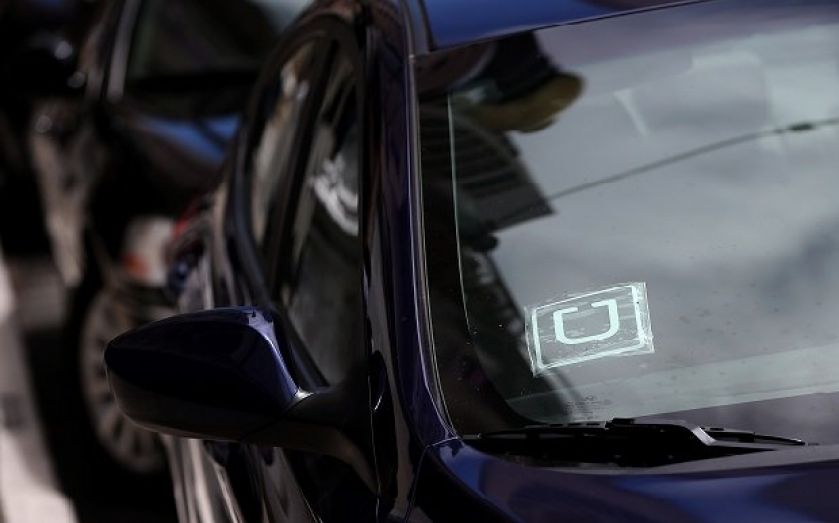Could it happen in London? One chart showing how Uber has impacted San Francisco’s taxi industry

Beloved by punters, hated by rivals, taxi service app Uber has a knack of dividing opinion.
The company has been the subject of an outright ban in Germany (which was later overturned), a gridlock protest from black cabbies in London and vociferous complaining from local taxi drivers in just about every one of the 45 countries it's available in.
Now the transport authority in its home town, San Francisco, has shown what an impact Uber and its rival, Lyft, have had on local cabs. While Uber was founded 2009, Lyft was started in 2012, which is when the figures, by the San Francisco Municipal Transportation Agency, begin.

According to SFMTA director Kate Toran, who compiled the figures, the average number of journeys taken per cab has fallen from 1,424 in March 2012 to 504 in July.
In the past few months, the price war between the two companies has heated up, meaning many journeys are now 20 per cent cheaper using one of the apps than it would be by taxi. That's not just the case in San Francisco, though: in London, Uber introduced a permanent 15 per cent price cut in August, while in Berlin it cut prices by 30 per cent after its service was restored. Its rivals are using similar tactics – earlier this month Hailo slashed fares by 50 per cent in Washington DC.
Could Uber have the same effect in London? A report by the London Chamber of Commerce in 2007 suggested London's taxi industry was an "ageing population", and pointed out a "worrying trend towards older drivers working fewer hours, particularly during the evenings and reaching a peak at one of the capital's busiest times, Saturday night".
So black cabs were already under threat before Uber came along. But there's one advantage the black cabs will always have over Uber: a willing market in the millions of tourists who flood London every year. Even taking into account Uber Taxi, which uses black cabs, the industry should survive – albeit in depleted form.